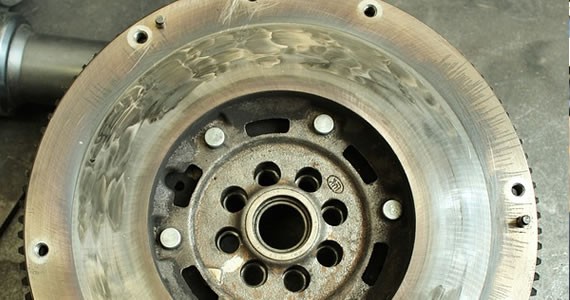There is a fascination among car owners to “do-it-yourself-and-save-money” on car repairs. Unfortunately, not everyone is mechanically inclined or can follow a mechanic’s guide. Specialized tools may be required such as torque wrenches, impact wrenches, lifts and more. Some automotive systems should not be considered DIY projects if the owner has no formal mechanical training. There are six basic risks of DIY projects and how you can fix the problem.
The Transmission Is Not A DIY Project
Transmissions require specialized tools for all the little rings, bits and pieces. All the pieces must go together just right and hooked up to the drive train and engine perfectly. If not, the least that can happen is the car stops shifting or moving forward on the road, requiring a tow. At the worst, the transmission can fall apart in pieces inside or drop off the vehicle in front of everyone. Avoid transmission problems by having a professional shop periodically inspect and make any needed repairs.
Parts Cannot Be Substituted
Car engines and systems are built with specific parts. An engine may be used by the manufacturer in several different makes and models of cars. This might give the impression that parts can be substituted from one car to another. Using the wrong parts can seriously damage or destroy your engine. Only use parts made for your car’s make and model. You can find good deals on used auto parts to save money, say the experts at Mike’s Auto Towing.
DIY AC Recharge Kits
This is the second car system that is not a DIY project. DIY auto HVAC recharge kits do not remove the old refrigerant, the kit adds new refrigerant on top of old. This is the same as pouring new oil in the crankcase without removing the old oil first. Refrigerant leaks can occur, contaminants can enter the system and worst of all, if the new refrigerant is different than the old, serious chemical reactions can occur. This system is best left in the hands of professionals.
Windshield Repair
Many DIY windshield repair kits are available on the market today. The resins used can vary from manufacturer to manufacturer. Some resins only coat the problem instead of fixing the problem. The repair may not hold up to travel on the road, and your insurance company might not cover the cost of a DIY repair.
Brake Repairs
Unless you have formal training to work on a car’s brakes, do not attempt it. This is another system that has to be assembled perfectly in order to work. The untrained eye cannot spot worn or broken parts. It is best to take your car to a professional to have the brakes inspected, maintained or repaired.
Alignment
Specialized equipment is needed to align a car’s tires to keep it moving safely down the road. DIY adjustments can throw your car’s alignment off so badly that your tires, wheel hub and brakes could sustain damage.
While it makes sense to do some DIY repairs to save money, the best policy is to leave delicate systems and specific repairs to the professionals. It might seem expensive, but a safe car is far better than a broken down or unsafe one.















